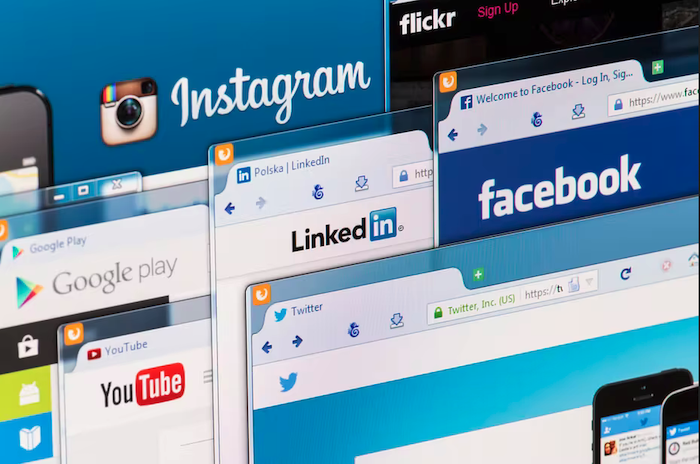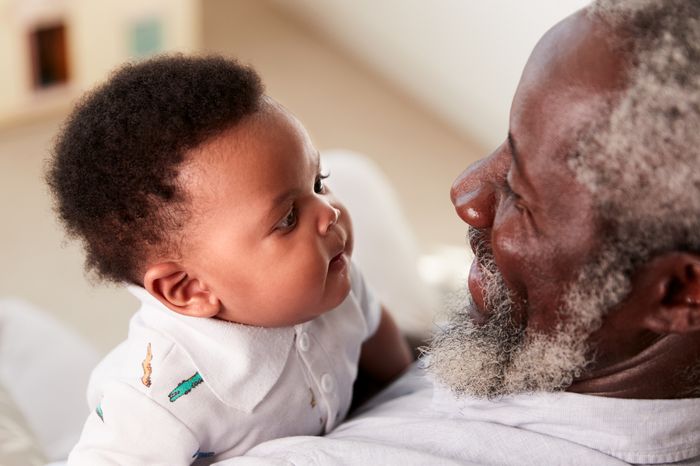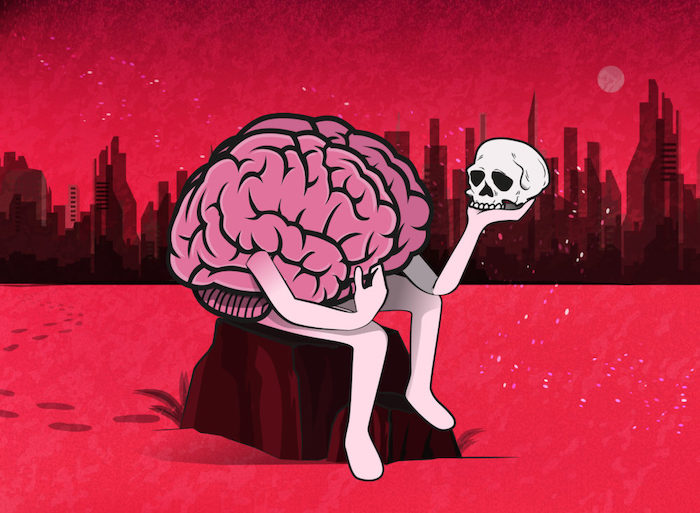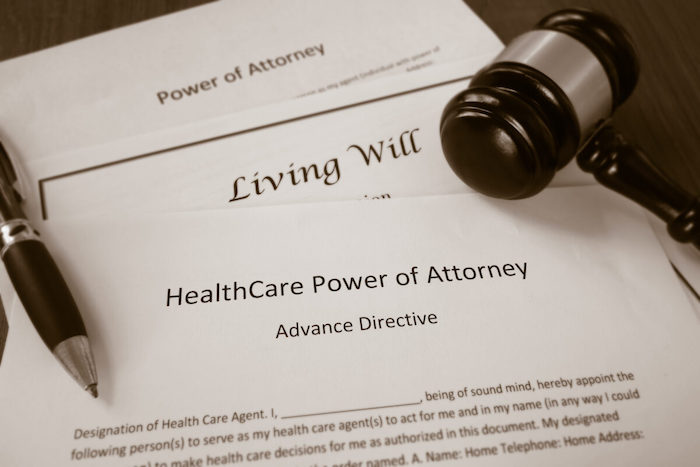One way to feel better about the future is making sure the right online data is passed down to friends, family, and partners.

By Roger Fingas
Most of the time people prefer to dodge the topic of death, for the obvious reason that it spawns a lot of uncomfortable thoughts. Yet the realistic and responsible thing to do is acknowledge it and prepare, since death is unavoidable and has huge ramifications for friends and family. This extends to your online life — so what sort of steps should you be taking to soften the digital transition for people left behind?
Step 1: Take advantage of posthumous account settings
Major tech platforms like Apple, Facebook, and Google offer tools to control how your data is handled when you die. Facebook for example lets you appoint a “legacy contact,” someone who can download your data, “memorialize” your account, and/or have your data deleted outright. If you don’t want anyone getting your Facebook content after you go, you can specify that ahead of time. Google offers some of the best tools via its Inactive Account Manager, which shares data selectively and/or deletes your account automatically after a set period. You can read more details in the feature linked below.
Whether or not a company offers dedicated tools, the bereaved can usually request that your online accounts be deactivated. This requires evidence of your death, of course, typically a death certificate. Things can get much tougher if someone wants data access — Apple requires that legacy contacts have both documentation and a special access key, and if they haven’t been appointed as a contact, they’ll have to get a court order if they’re in the US.
The key point here is that if a service is critical to your online life, you should be exploring the options it offers now instead of waiting until you’re knocking on death’s door. It’s one of the easiest things you can do to reduce the burden on loved ones.
Step 2: Share your logins
Under normal circumstances, sharing app and website logins is the last thing you’re supposed to do. But it only takes a moment to realize that if you haven’t written those logins down, you may be denying partners or family critical information — even money, if it’s trapped somewhere like a bank or a PayPal account. Logins are regularly excluded from the data companies are willing (or able) to share with the bereaved.
That makes it vital to build a logbook with usernames and passwords for every online service a loved one might need to access. Major items to check off include:
- Bank accounts
- Insurance accounts
- Phone/TV/internet
- Government services
- Online payment services (PayPal, Venmo, etc.)
- Chat/messaging apps and social media
- Smart home platforms
- Cloud storage
- Photo libraries
- Music, reading, and video subscriptions
- Online stores
You might be tempted to use a password manager as a shortcut, but it’s risky.
Your logbook can be something as simple as a text or Excel file, as long as it’s easily accessible. Even better is one on paper, since that can’t be deleted, corrupted, or hacked. Either way, you need to keep your log both updated and protected, for instance by storing a paper logbook in a fireproof container.
If you’re sufficiently thorough, a bonus of this approach is that you might not even need the tools in Step 1. If a trusted person can log into your accounts directly, they can download all of your data and shut things off at will.
You might be tempted to use a password manager as a shortcut. This is risky, however — not only do all of the right people need logins and technical literacy, but they could also eventually be shut out if the app is subscription-based and you’re no longer around to pay. It’s not the worst solution, just one to approach with caution.
Step 3: Make plans with your loved ones
Both the first and second steps can be pointless if you don’t actually talk to your loved ones about them. They need to know what being a legacy contact entails, for example, and the legal hoops they’ll have to go through to retrieve your data or shut down an account. If you have a logbook, it’s important that people know how to find it.
Although the conversation can be tough, your loved ones should know the steps you took and how you’d like your online life to be managed.
This can be one of the toughest parts of preparing for your digital afterlife. No matter how technically savvy they are, a partner isn’t going to enjoy talking about your death, and the conversation gets even more harrowing with young children or elderly parents.
At some point, you’ll probably need to sit down with a legal advisor and add online data to your will. While we can’t make any guarantees, it may make things smoother if you’ve legally authorized access or deletion ahead of time.
Think of it this way — if you can overcome all of these issues, you’ll probably feel a little calmer about the future as a reward.
Complete Article ↪HERE↩!






